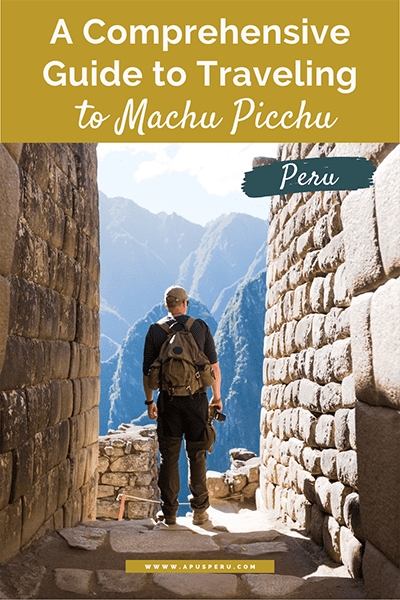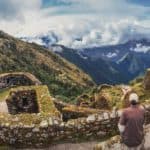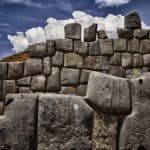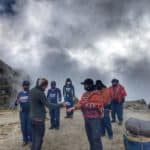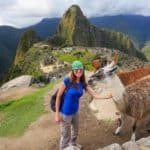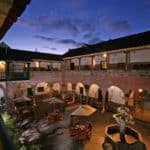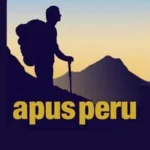Visiting Machu Picchu is a bucket list item for many people and you’re sure to want to get the most out of this magical experience.
Here we outline the basics of any visit to Machu Picchu so you’re in the know about how it works and what to expect. We also share our top tips for how to have an amazing time at this incredible site!
If you are planning to travel to Machu Picchu, one of the most important things to answer is of course, the nitty gritty of How to get to Machu Picchu.
Lucky for you, we have covered this in detail at How to get to Machu Picchu. From hiking the Inca trail, to which Machu Picchu trains to take, we have got all the insider info that you need! To fully appreciate the history and significance of Machu Picchu, check out the 25 best books about Machu Picchu—perfect companions as you prepare for your trip to Peru.
Hiking the Inca Trail into Machu Picchu
Many people choose to hike into Machu Picchu, following the incredible Inca Trail. Hiking the Inca Trail definitely gives you a unique perspective on visiting Machu Picchu as it’s the only trail that actually lets you walk through Inti Punku, the famous Sun Gate, into the Inca Citadel.
The Inca Trail is controlled by a strict permit system operated by the Peruvian government. To ensure that you get the dates you want, especially if you want to hike during high season (May through August), you should aim to book your Inca Trail permits 6 months in advance.
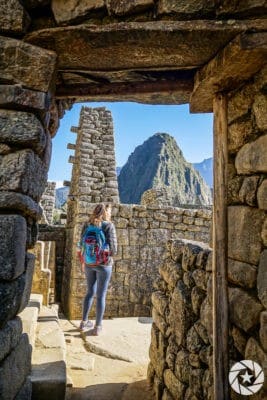
Machu Picchu Tickets & Entrance Times
Machu Picchu is one of the world’s most popular destinations. As a result, it’s one of the most stressed as well, as more and more people flock to see it every year. In an effort to keep this incredible piece of Peru’s cultural heritage safe, the government of Peru has been steadily implementing since 2017, new rules for Machu Picchu visitors.
Whether you take the train or do a Machu Picchu trek, booking ahead is essential. Entry to Machu Picchu is highly controlled, and tickets often sell out in advance for certain entry times.
Since 2019, entry to Machu Picchu has been by the hour. You must decide your entry time when you purchase your ticket. The entry times for the standard Machu Picchu ruins tour are distributed in nine intake periods, starting at 6 am and ending at 2 pm. The site closes at 5 pm. Note: There is a 30-minute grace period for each hourly ticket; if you arrive after that time, you will be denied entry.
Entry times for tickets including one of the Machu Picchu hikes vary. For instance, there are only two intake periods per day for Huayna Picchu and Machu Picchu Mountain.
To avoid the stress, we recommend booking through an agency. Our friendly and experienced staff is ready to assist you, so Contact Us to book your Machu Picchu tour or hike to Machu Picchu.
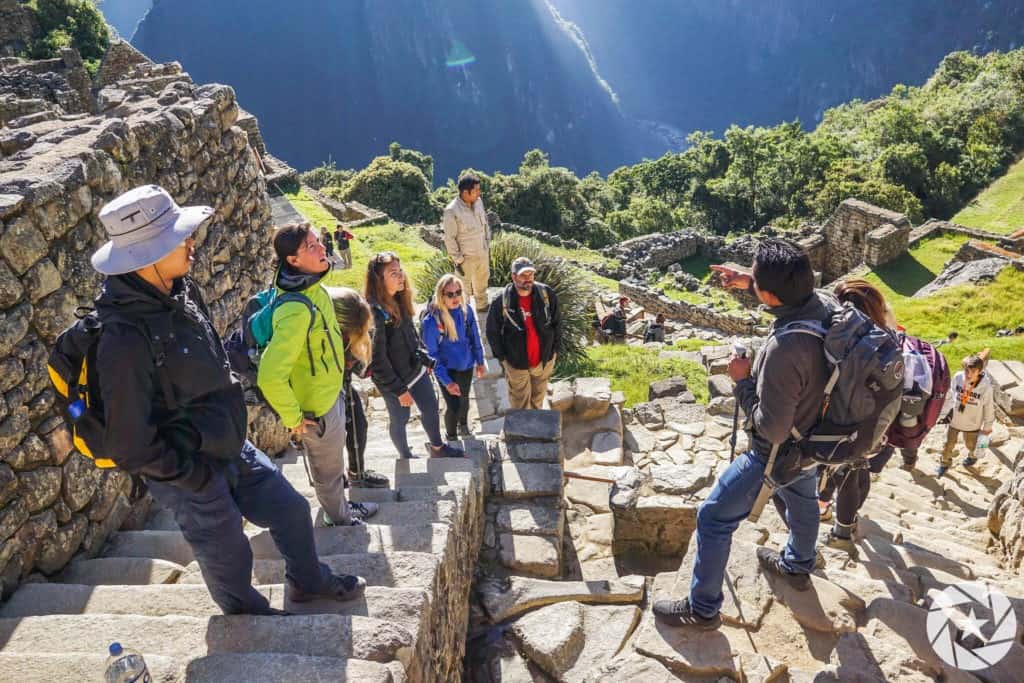
Visiting Machu Picchu
The 3 Circuits for Touring Machu Picchu Ruins – Overview
Starting June 2024, there are three defined circuits visitors must follow. These circuits were first introduced in 2021 and have recently been updated. Each entrance ticket is tied to a specific circuit, taking you through different parts of the site and stopping at various attractions. Once you complete a circuit, you must exit the site and cannot re-enter without an additional ticket.
The Ministry of Culture has also increased visitor capacity from 4,500 to 5,600 per day during high season, but only about 3,000 will visit the main ruins.
Here’s everything you need to know about the Machu Picchu circuits in 2024:
Circuit 1 (Panoramic; 1,100 tickets per day)
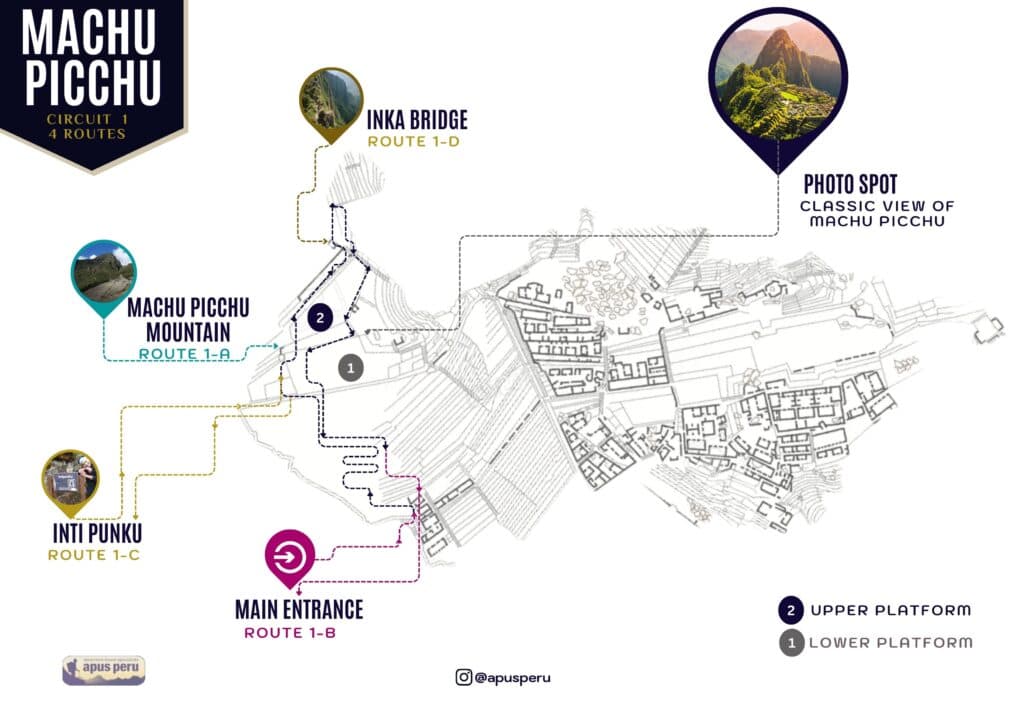
Circuit 1 covers the upper part of the site, ideal for classic Machu Picchu photos but doesn’t include access to the ruins. It has four routes:
- Route 1-A: Machu Picchu Mountain
- Route 1-B: Upper Terrace
- Route 1-C: Inti Punku (Sun Gate)
- Route 1-D: Inka Bridge
Circuit 2 (Classic Machu Picchu; 3,050 tickets per day)
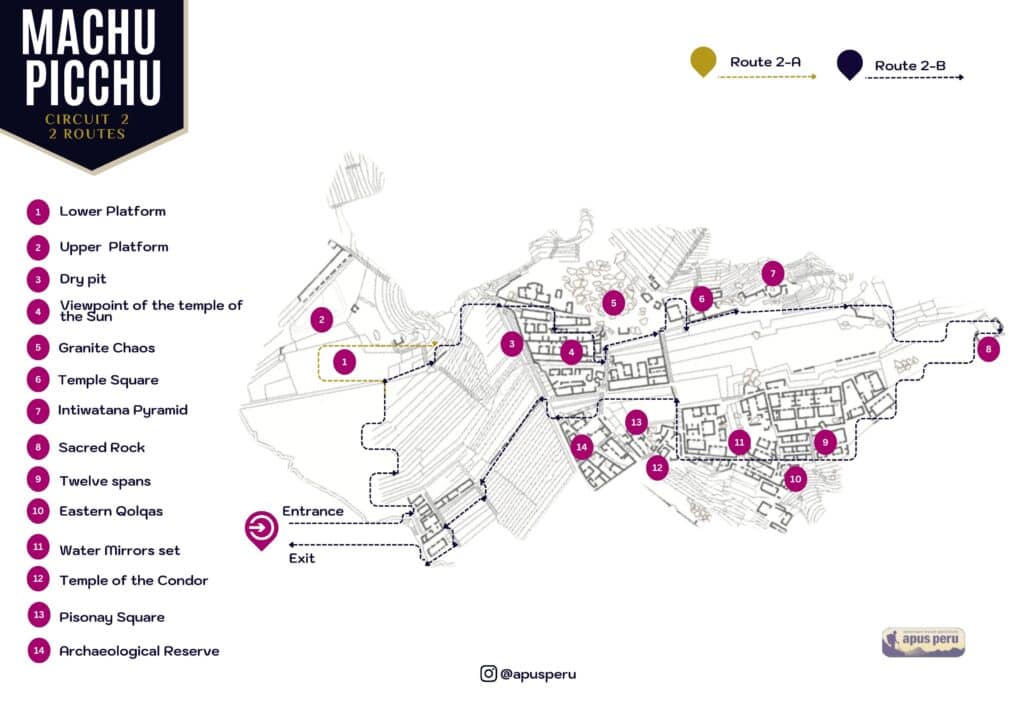
Circuit 2 is the most “complete” circuit, accessing both the upper and lower parts of the ruins. It has two routes:
- Route 2-A: Designed Route
- Route 2-B: Lower Terrace
Highlights include:
- Dry Pit
- Temple of the Sun Viewpoint
- Granite Chaos
- Square of the Temples
- Intihuatana Pyramid (view from above)
- Sacred Rock
- Temple of the Condor
- Pisonay Square
Maximum time: 2 hours and 30 minutes.
Circuit 3 (Royal Circuit; 1,450 tickets per day)
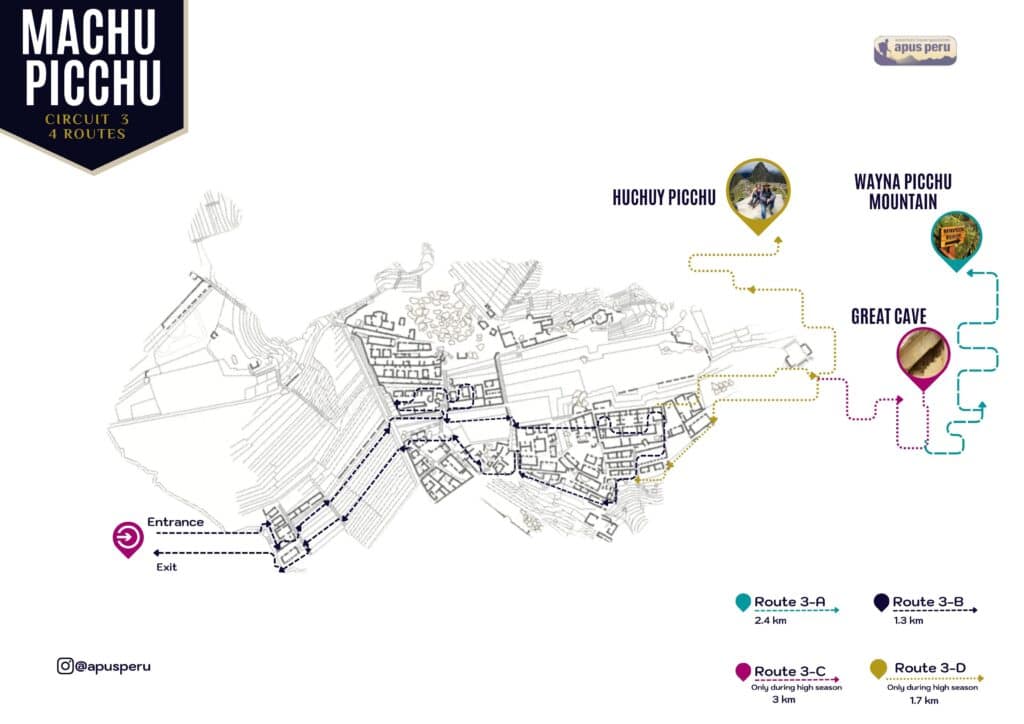
If Circuit 2 tickets sell out, Circuit 3 is a great alternative. It includes the Royal Zone and the Temple of the Sun. This circuit doesn’t provide upper terrace access but offers beautiful views of the ruins. It’s wheelchair accessible and shorter, making it good for families and those with limited mobility.
Routes on Circuit 3 include:
- Temple of the Sun
- Sacred Rock
- Temple of the Condor
- Pisonay Square
Some routes also include special hikes for added adventure.
Overview of the 10 Sub-Routes for Machu Picchu Circuits
Circuit 1:
- Route 1-A: Machu Picchu Mountain
A 3-hour round-trip hike with stunning views of Huayna Picchu and the ruins below. No re-entry to the ruins allowed. - Route 1-B: Upper Terrace
Access to the upper terraces for classic photos of Machu Picchu. Takes about 1.5 to 2 hours and does not include major temples. Ideal for families or short visits. - Route 1-C: Inti Punku (Sun Gate)
Available during high season only. Walk through the Sun Gate for spectacular views. About 1.5 hours round trip, with up to 4 hours total inside the site. - Route 1-D: Inca Bridge
Available during high season only. A thrilling short hike with views of the upper terraces, but does not include the ruins. Total time allowed: 3 hours.
Circuit 2:
- Route 2-A: Designed Route
The classic route covering both the upper and lower parts of Machu Picchu, including major highlights. Takes 2.5 hours maximum. - Route 2-B: Lower Terrace
Similar to Route 2-A but with an additional stop at one of the Upper Terraces. Includes key sites like the Temple of the Sun and Sacred Rock.
Circuit 3:
- Route 3-A: Huayna Picchu Mountain
A challenging 1.5-hour round-trip hike up the iconic mountain. Not recommended in the rainy season due to steep and slippery paths. - Route 3-B: Designed Route
Tour of the lower terraces only, taking 1.5 to 2 hours. Total stay of up to 2.5 hours. - Route 3-C: Great Cavern
Available during high season only. A mystic and less crowded alternative, taking 5-6 hours total, with up to 7 hours at the site. - Route 3-D: Huchuy Picchu
A shorter, less steep hike than Huayna Picchu, taking about 40 minutes round trip. Suitable for families and those preferring a less strenuous climb. Maximum stay time: 3.5 hours.
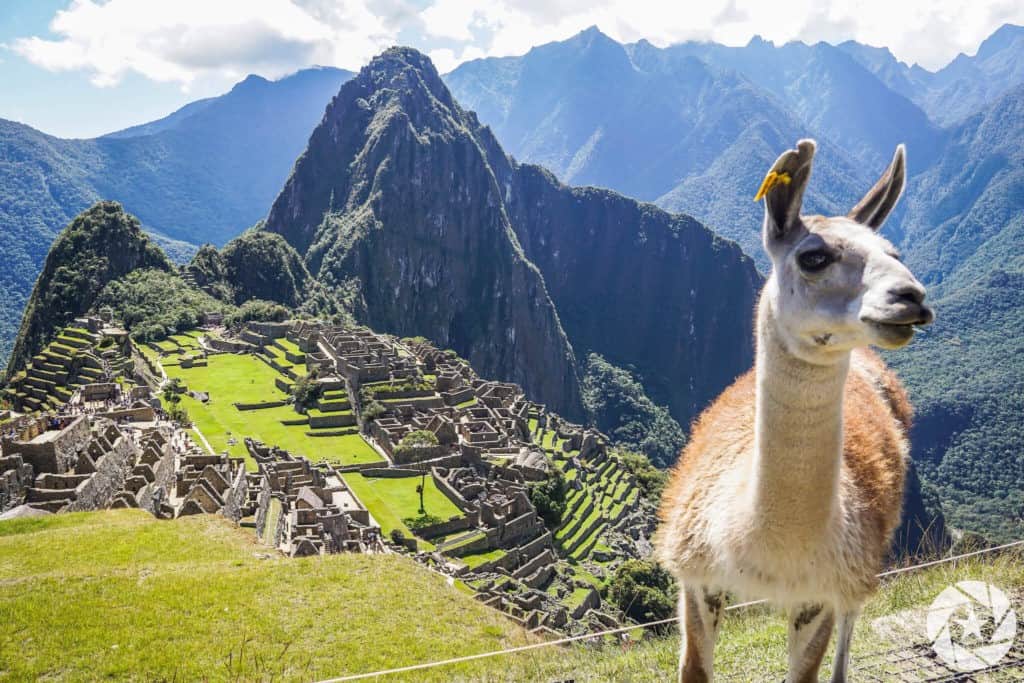
Best Time to Visit Machu Picchu
Almost anywhere you look, you will find that people talk about visiting Machu Picchu at sunrise as being the ultimate way to experience this magical site. In the past, going early (around 6am) meant that you were rewarded with fewer people making for a less crowded, more peaceful and serene experience. Today, that is not necessarily true.
Statistics show that only a little over a 1/3 of the day’s visitors enter in the afternoon. Our favorite time to capture people-free shots of the incomparable Machu Picchu is towards the end of the day, around 4pm when most people have already gone back down to Aguas Calientes.
Furthermore, in the early morning, Machu Picchu can be shrouded in mist – which can either be a beautiful effect or an annoyance – but in the late afternoon, the site is bathed in a gentle light. Take a look at Best Time of the Year to Visit Machu Picchu
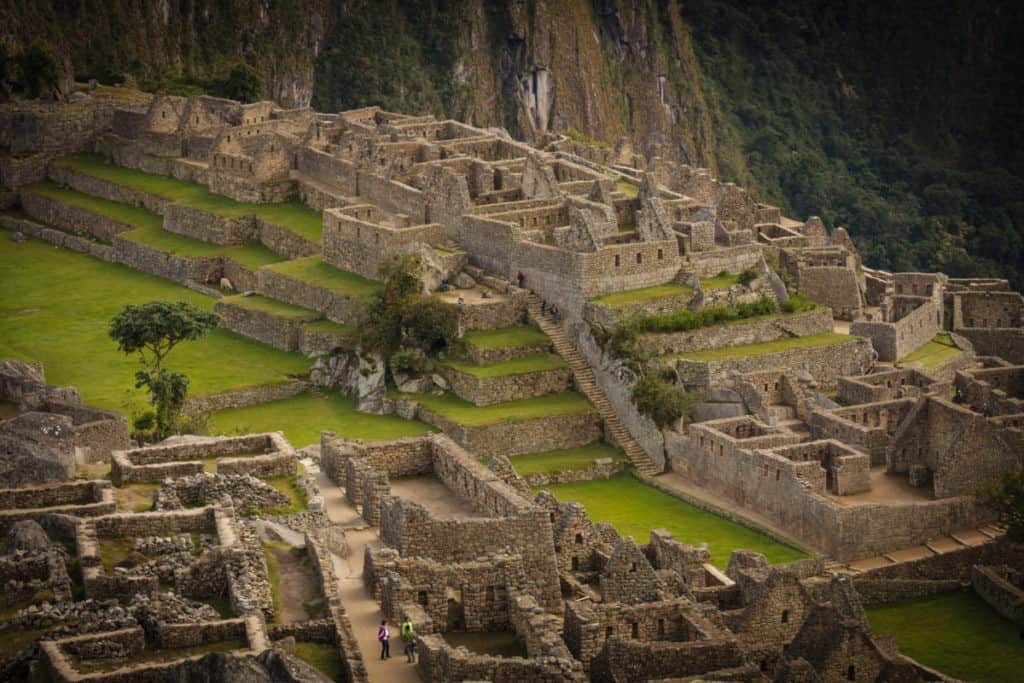
What to Pack for Machu Picchu
You don’t need much gear in order to visit Machu Picchu, but there are definitely a few essentials you should keep in mind. For a full list of what to bring while trekking in Peru, see our blogs on How to Prepare for a Trek in Peru and Packing for Machu Picchu.
Things to Bring
- sunglasses, a sun hat, and sunscreen
- rain gear and warm layers (just in case!)
- soft-tipped walking sticks
- small day pack – maximum 40 x 40 cm
- camera (of course!)
- your passport (you will get a special Machu Picchu stamp!)
- reusable water bottle or canteen
Things to Leave Behind
- metal-tipped walking sticks
- single-use plastic water bottles and plastic bags (the government recently prohibited single-use plastics on the Inca Trail and in protected sites like Machu Picchu)
- backpacks or bags bigger than 40 x 40 cm (there is a checkpoint where you can leave heavy packs after hiking the Inca Trail into Machu Picchu)
- drugs, alcohol (of course)
What should you wear for Machu Picchu? Check out our guide on the best clothing to pack for every season!
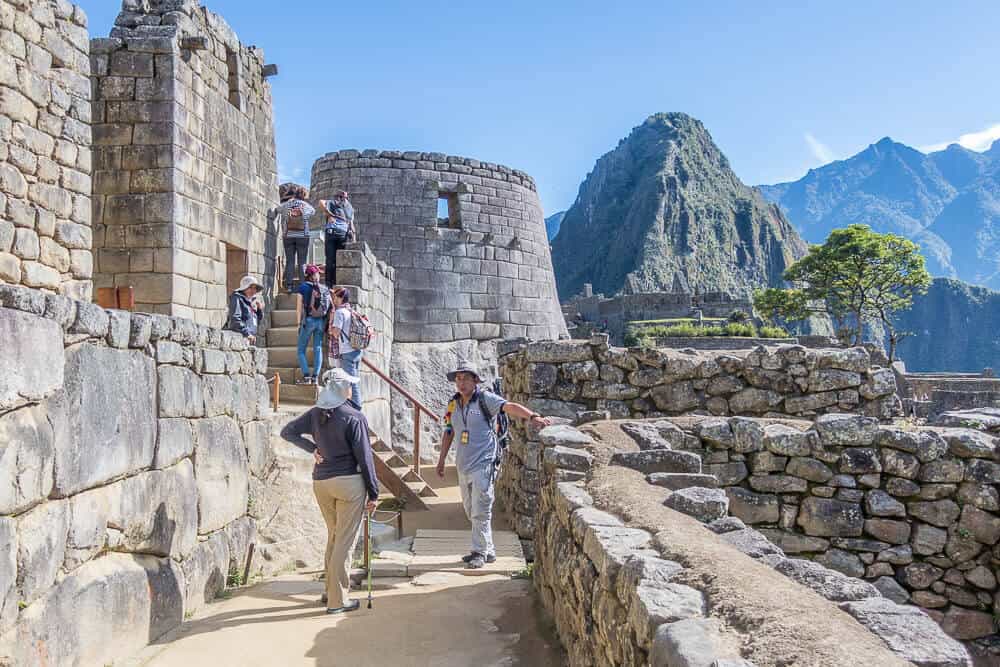
What Can I See and Do at Machu Picchu?
Capture unforgettable memories with these tips for the best Machu Picchu photos. If you are traveling with family, discover how to explore Peru with kids for a fun and memorable experience. Even visiting during the wet season has its perks, as you will find awesome reasons to visit Machu Picchu in Peru’s rainy season, including fewer crowds and vibrant scenery. What else is there to see and do at Machu Picchu?
Hike up Huayna Picchu
If you’re not afraid of heights, the views are spectacular! Don’t forget you must purchase a Huayna Picchu permit at booking if you’d like to do this.
Climb Machu Picchu Mountain
A good alternative to Huayna Picchu if permits are sold out or you get vertigo!
> Read more below about whether hiking Huayna Picchu or Machu Picchu Mountain is for you!
Hike to Inti Punku
If you didn’t walk through the Sun Gate at the end of the Inca Trail, then don’t miss checking out this amazing feature.
Visit the Inka Bridge or check out Putu Cusi
This is located outside Machu Picchu itself, but the views make straying worth it.
Skip the bus and hike down (or up) to the site!
About 1.5h one way, get a feeling for the lush vegetation and marvel at the audacity of Machu Picchu’s builders!
Splurge on lunch at the Sanctuary Lodge
The Tinkuy Restaurant (tinkuy means “gathering” in Quechua) is located inside the Machu Picchu Sanctuary Lodge. The buffet offers a wonderful mix of Peruvian and Western dishes, and the close location makes it a great choice for when you exit Machu Picchu, or just before you enter. Lunch at Tinkuy means you can make the most out of every minute spent near Machu Picchu!
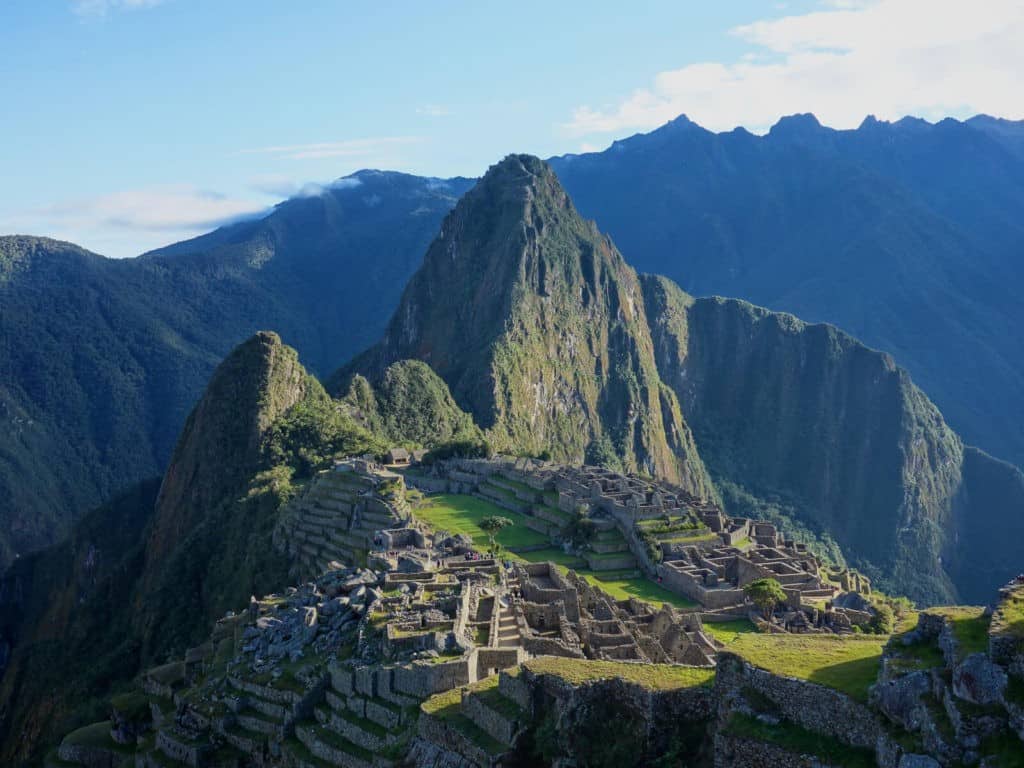
Should I do the Huayna Picchu Hike?
Huayna Picchu, which means “young peak” in Quechua, is the mountain peak at Machu Picchu that you may see in those iconic shots of the archaeological site. The climb is steep and certainly not for the faint-hearted, with steep drop-offs on either side of the trail. But if you are not afraid of heights – and you have extra energy while visiting Machu Picchu! – the views are spectacular and totally worth the exertion.
We repeat: if you have a fear of heights, or experience vertigo or balance problems, do not do this hike!
The hike to Huayna Picchu takes about 1.5-2 hours round trip. There is also a back route from the top of Huayna Picchu down to the Temple of the Moon, an even more heart-pounding route with little between you and the rushing river below!
Just like the Inca Trail, hiking Huayna Picchu requires a permit that you must purchase at the time of booking. There are two intake periods, one at 7am and one at 10:30am, and three corresponding entry times into Machu Picchu (6 or 7 am for the first intake period and 8 am for the second intake period). So keep this in mind when booking and let your Travel Consultant know your preference.
If you are already doing an Apus Peru trek other than the Inca Trail, you can purchase a Huayna Picchu permit alone. Unfortunately, due to government regulations, if you are hiking the Inca Trail, you will need to purchase an extra Machu Picchu entry ticket that includes the Huayna Picchu hike.
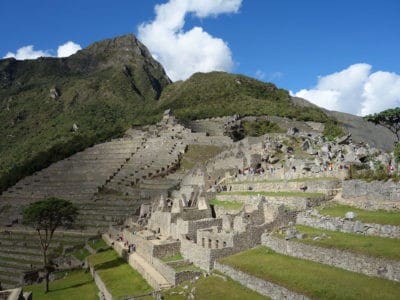
Is it Worth Climbing Machu Picchu Mountain?
Machu Picchu Mountain (which means “old peak” in Quechua, and also refers to Cerro Machu Picchu by the Spanish) is the mountain above the Machu Picchu citadel in the direction of Inti Punku, the Sun Gate.
This moderate three-hour hike is a good alternative to climbing Huayna Picchu if you are unable to purchase a permit for it, or if you are afraid of heights! Located 601m above Machu Picchu itself (at 3051m in altitude), Machu Picchu Mountain offers quiet, natural surroundings, lots of fresh air and a fantastic view over the ruins and mountains beyond.
There are two daily intake periods to Machu Picchu Mountain, 7 am and 9 am, with three corresponding entry times into Machu Picchu (6 or 7 am for the first intake period, and 8 am for the second intake period). As with Huayna Picchu, the price for hiking Machu Picchu Mountain is less for those doing a non-Inca Trail Apus Peru trek. For those who are hiking the Inca Trail, you must purchase a new entry to Machu Picchu which includes the price of hiking Machu Picchu Mountain. You must tell us at the time of booking if you are interested in hiking Machu Picchu Mountain to ensure we are able to obtain entry tickets for you.
The hike follows the Inca Trail out of the Machu Picchu ruins past the Caretaker’s Hut (also called the Watchman’s Hut) and towards Inti Punku. You will hike for about one hour through a habitat of exotic birds, orchids, lichen, moss, and trees, until arriving at the bottom of a set of Inca stairs. From here, it is a steep, 45-minute uphill walk. In total, allow about 3h for the return trip.
Luckily, those who hike Machu Picchu Mountain or Huayna Picchu are allowed extra time to visit Machu Picchu, so you do not feel like you have to rush!
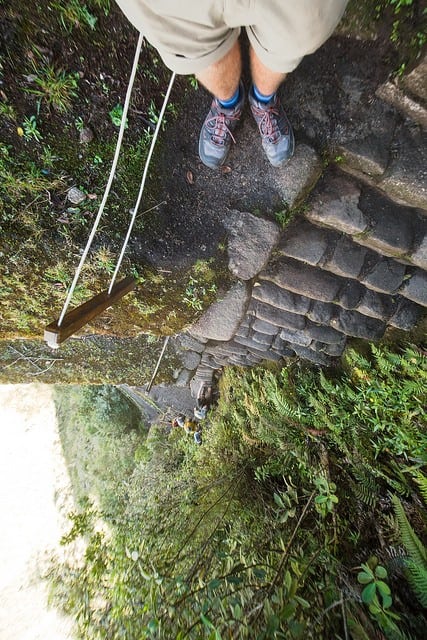
Huayna Picchu and the Inca Trail
You can spend the last night on the Inca Trail either at Wiñaywayna or Phuyupatamarca campsites. Many people covet Wiñaywayna as it’s just a 2-hour hike to Machu Picchu from there, whereas it is 5 hours from Phuyupatamarca. Being the most popular, Wiñaywayna is allocated first. The plus side to Phuyupatamarca is that it is generally less crowded.
Campsites are only allocated by the Ministry of Culture the month before. We are very diligent, and 99% of the time, we are allocated our first choice of campsites. However, there is a chance that someone who has booked Huayna Picchu will not able to do it because of the campsite assigned.
Given the distance from Phuyupatamarca to Machu Picchu, arriving in time for the 10 am intake will be challenging, though not impossible. We’re talking a 3am wake-up call, and getting on the trail by 4 or 4:30 am. This makes for a grueling morning, and you are likely to arrive exhausted and not fully enjoy your Machu Picchu visit.
It’s your choice. If you are assigned Phuyupatamarca campsite AND have already booked a Huayna Picchu or Machu Picchu Mountain hike, you may have to decide to cancel.
Conclusion: A Guide to Traveling to Machu Picchu
Well, there you have it: our complete guide of what you need to know if you are planning to visit Machu Picchu. From which trains to take, what Machu Picchu tickets to get, and what clothes to pack, we have got it all!
From exploring ancient ruins to discovering hidden gems, there are plenty of things to do in Machu Picchu. Wondering why Machu Picchu is important? Its rich history, breathtaking views, and cultural significance make it a must-see. If you need more inspiration and are planning your visit to Machu Picchu, here is how to decide how many days you need in Machu Picchu to truly experience its magic.
A Guide to Traveling to Machu Picchu > Pin it > Share it!
